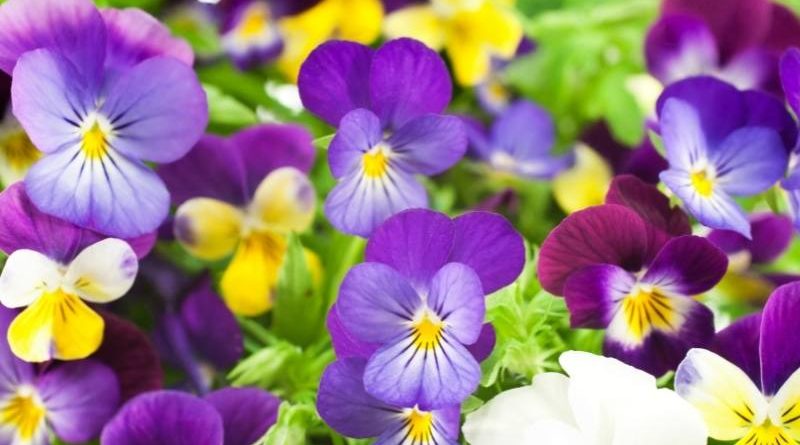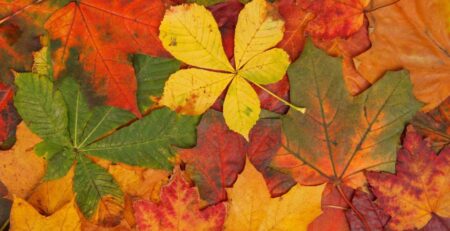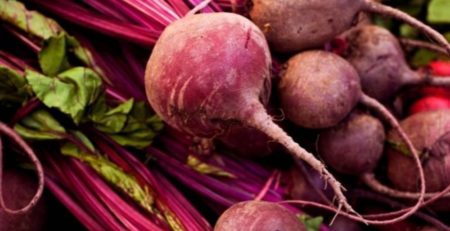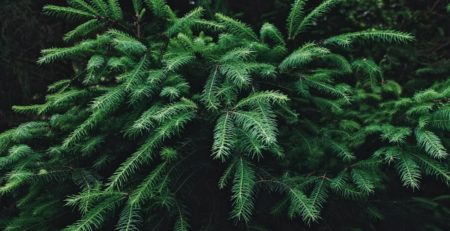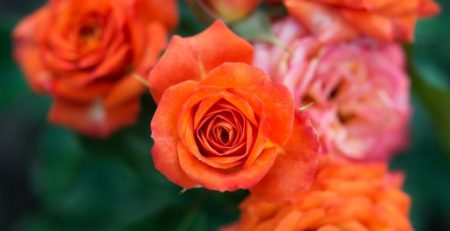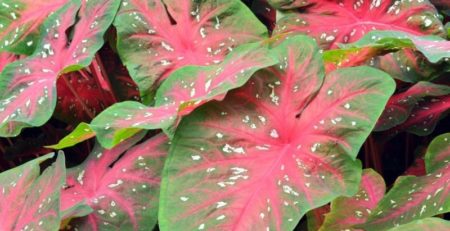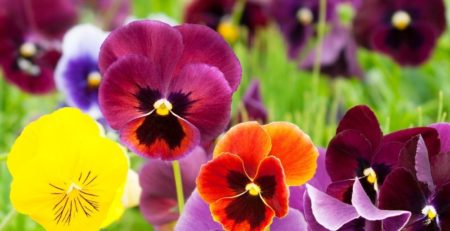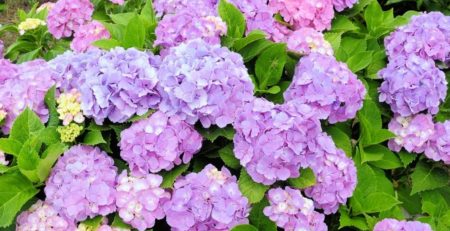June Garden Tasks
Cover your vegetables with netting! The squirrels will get them before you do.
Planting
- Continue to plant warm season turf grasses (Bermuda, St. Augustine, and Zoysia). Early June is also an ideal time to establish new Bermuda lawns by hydro-mulching.
- Plant ground covers and tropical and warm season annuals such as begonia, hibiscus, periwinkle, portulaca, purslane, salvia, zinnia, coleus, Mexican heather, gomphrena, and caladiums.
- Review North Texas Planting Guide to decide what fall vegetables can be planted now.
Pruning
- Prune out any dead or broken branches of woody ornamentals (trees and shrubs) but avoid major pruning during summer heat.
- Cut back spent flowers of annuals and perennials to encourage new blooms.
- Prune spent flowers from roses and fertilize if needed according to a soil test.
- Pinch back chrysanthemums to encourage branching.
Plant Care
- Pay special attention to the water needs of new lawns, trees, and ornamentals as hot dry weather sets in. Water in the early morning hours (3:00 AM to 8:00 AM) to minimize fungal problems and reduce evaporation.
- Fertilize annual flowers and vegetables with your favorite fertilizer type to assure continued vigor, based on results from a soil test (which may cost as little as $10).
- Check crape myrtles for aphids throughout the summer.
- Check ornamentals, flowers, and vegetables for spider mites, prevalent in warm months.
- Watch for bagworms on junipers, arborvitae, and other conifers; treat as needed.
- Watch for webworms on trees, especially pecans and mulberries, and treat as necessary.
- Apply fungicide as necessary to control black spot and powdery mildew on roses.
- Early June is an ideal time to aerate your lawn.
- Fertilize your warm season turf grasses if needed based on soil test recommendation.
- Check for chinch bugs in St. Augustine lawns throughout the summer, and for gray leaf spot fungus in periods of high humidity and temperatures in the 80s and 90s.
- Spot treat fire ant mounds with ant bait or a mound drench.
- Begin to harvest vegetables and fruits as they ripen: potatoes, beans, cucumbers, squash, radishes, tomatoes, blackberries, and peaches.

